top of page
Natalie Mandel
Natalie Mandel
Artist , sculptor
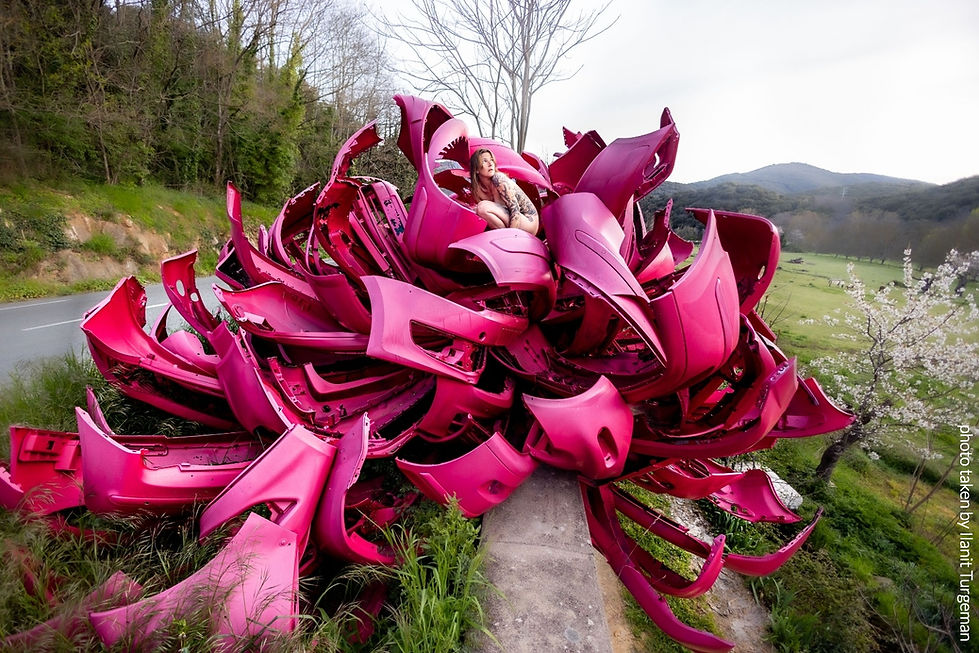
ARTIST STATEMENT___My art is a profound exploration about construction and deconstruction, in search of natural forms ; I seek to capture the moment where conflict becomes harmony, and chaos becomes form.
I assemble paradoxical mirror-images of nature ; each sculpture represents an embodiment of a natural form—from delicate flora and fauna to chaotic abstract constructions. I don’t imitate nature’s surface—I respond to its logic: growth without symmetry, chaos that adapts into order.
There is something in me that needs to be translated into form, something ancient that recognises the logic of roots ; When I sculpt, I mirror the energy of the natural world. I capture the reflection of this infinite energy into form ; sculpture.
And what is sculpture? A moment frozen in time, a frozen movement of something infinite.
My work offers moments of elevation and reconnection, It stands as a poetic homage to the natural world—its mysteries, contradictions, and quiet, relentless power.
Welcome to my world.

Work Process
I work with everyday objects ; Each object is carefully selected with great sensitivity to its hidden symbolism. The objects undergo physical and emotional manipulation, from the first stage in which they are collected through the transformation that is made to them—breaking, bending, melting, connecting, imaginary metamorphosis to the finished shape – a sculpture , a new form, but the objects keep their original function visible and recognisable ; Preserving the properties from their previous incarnation even when it is reused as an element in the formation of the sculptural shape.
The aspect of recognition is an integral part in my work—I ask the viewer to take an active part in the elevation of the everyday objects, to identify the parts but also to accept them in their new meaning ; identification and re-acceptance ; I essentially require the viewer to undergo an evolution in real time.
My techniques are unorthodox—I make strange connections ; impossible, even absurd. I bend tools beyond their design: welding, melting, vacuum-forming, laminating electronic components into new anatomies, car parts into flower petals. The process is a ritual ; I follow the objects pull, their resistance; the rhythm builds—choose, cut, bend, bind, release, over and over until meaning emerges through the repetition.
Each sculpture becomes a record of that invisible path—a map of a journey guided solely by intuition.
For the last fifteen years i am working on two main series that differ in mediums, size, and techniques.
Despite the wide differ between the two series, they hold a similar presence of ideas, which allows a unique resonance to expand the conceptual significance embedded in the sculptures ; Experiments in shape, structure, and time, and the infinite search for natural forms :

Series 1: Wild plastic
An ongoing conversation between destruction and creation
A sculptural series of large-scale abstract-organic forms, using plastic car parts as the primary medium for the works. Plastic is a paradox ; It endures longer than any natural material, yet it represents the disposable. I use it to echo the organic ; I allow the form to grow the way plants grow, following pressure, space and resistance. I let the sculpture expand until it reaches its complete form.
Each broken part I collect has been altered by trauma ; I don’t repair it—I listen to it, I read its scars.
It’s not recycling. It’s resurrection.
The process is intuitive ; I don’t sketch, I feel—I follow an abstract emotion that moves through me ; It guides me to assemble, to balance and bind the parts into new life. The sculpture builds itself through me ; I am the conduit. This is a spiritual practice, It is listening to something deeper than language. It is memory without narrative. It is grief, transformation, survival.
The finished sculptures are not symbols. They are not metaphors. They simply are ; alive with contradiction, vibrating between delicate flowers and exploding chaos. With every new work, the forms stretch further from what is known. They move beyond representation and begin to speak in their own language ; wild and free.
Images : Wild Plastic selected works 2012 - 2025




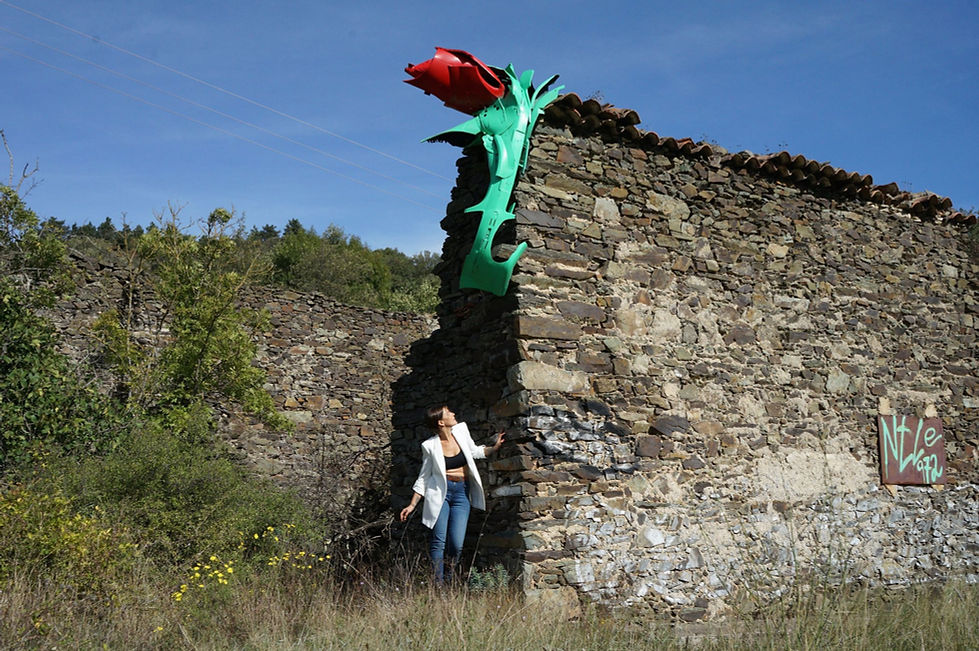


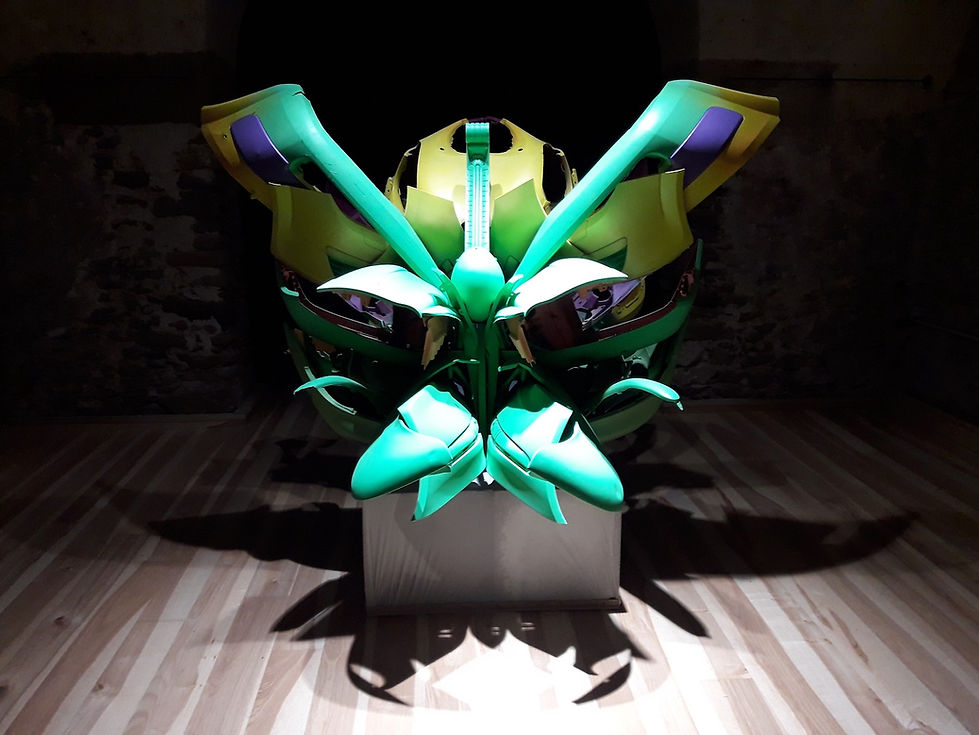




Series 2: Future Nature
A study in techno-organic evolution ; sculpture collection and a book soon to be published.
This series of over 100 small-scale sculptures spans more than a decade of creation and inquiry ;
The work fuses art, science, philosophy and material logic ; Each sculpture is a node—an experiment in form, a question in motion.
Hybrid creatures, constructed from discarded technology, broken machines, and obsolete devices—lifeforms born from the ruins of consumerism and the poetics of wild nature. Some resemble insects, others feel aquatic, and many are completely unfamiliar.
They are not futuristic in material—but in vision ; Each sculpture imagines a future where technology and biology merge and new species emerge from this fusion.
The sculptures are playful, surreal, and sometimes eerie, but beneath their strange anatomy lives a quiet urgency—Future Nature suggests that what we often perceive as the "replacement" of nature by technology is, in fact, a new stage of natural evolution ; It is not replacement. It is adaptation at the highest level—nature expanding its definitions to include the synthetic, the coded, and the manufactured.
The sculptures asks the viewer to recognise—fragments of the familiar, repurposed into something unknown, and in that recognition, to witness a new kind of metamorphosis.
Images : Future Nature selected works 2010 - 2025
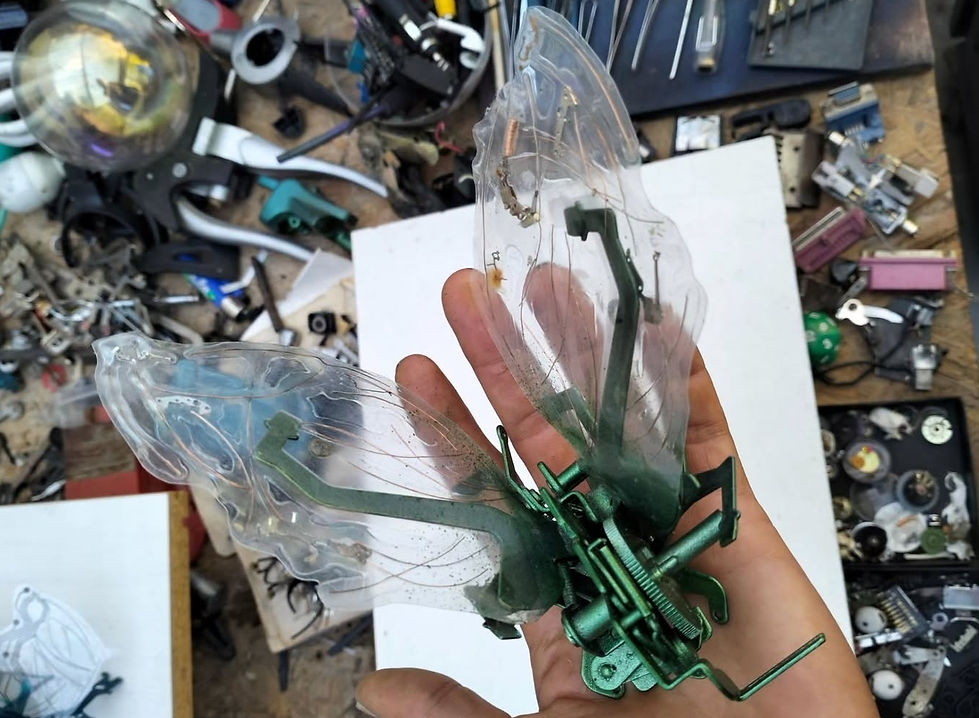




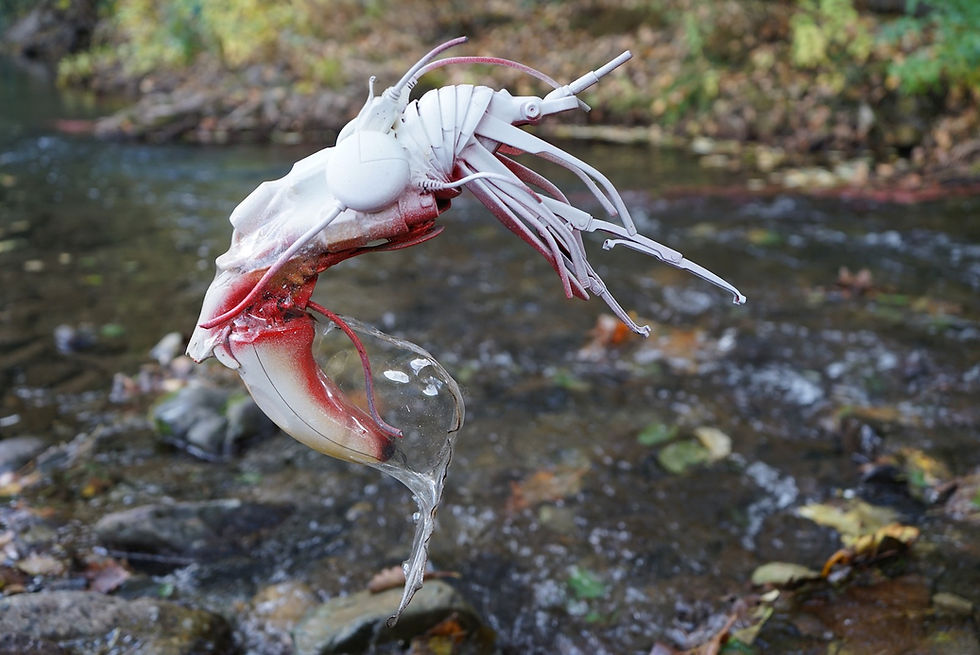

About me
bottom of page


